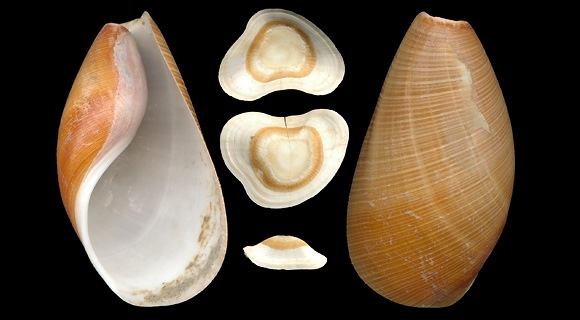
Predator on Polychaetes and Bivalvia, from the sandy infralittoral down to circa 700m deep.
Original taxon: Bulla lignaria.
A specimen with its gizzard plates, from Ancona, Marche, NE. Italy. 55mm. These plates are used to crush the shells.
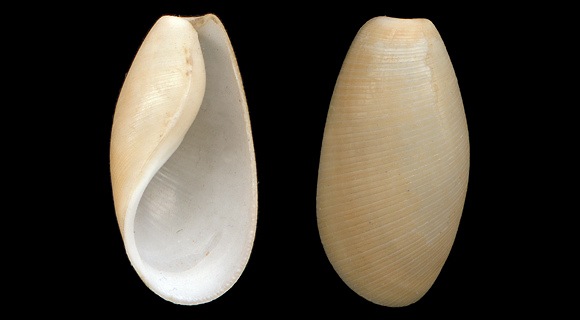
Subadult specimen from the Bay of Siracusa, E. Sicily, 21mm.
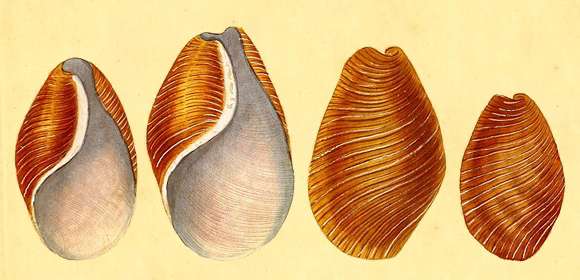
« Oblong, oval, narrow towards one end, and somewhat umbilicated (or rather convoluted). Striated transversely. […] The length is generally from one inch and a half to two inches; the shell is brittle and without gloss, of a light, brownish colour, wrought transversely, with fine striae, and many narrow whitish veins. Its latin and English names are derived from its supposed resemblance to a piece of veined wood. »
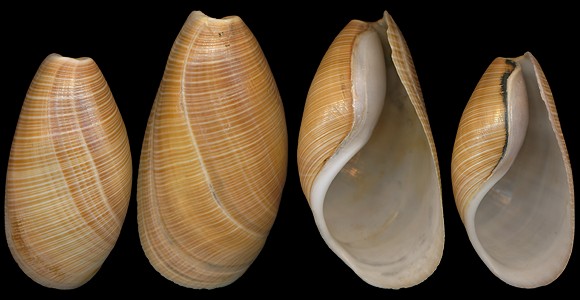
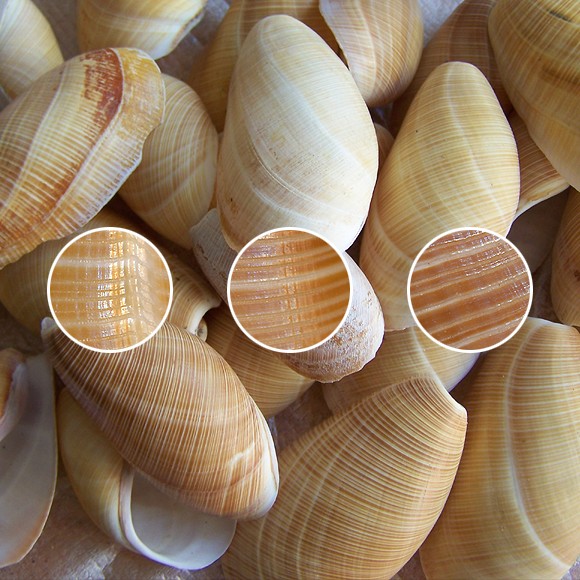
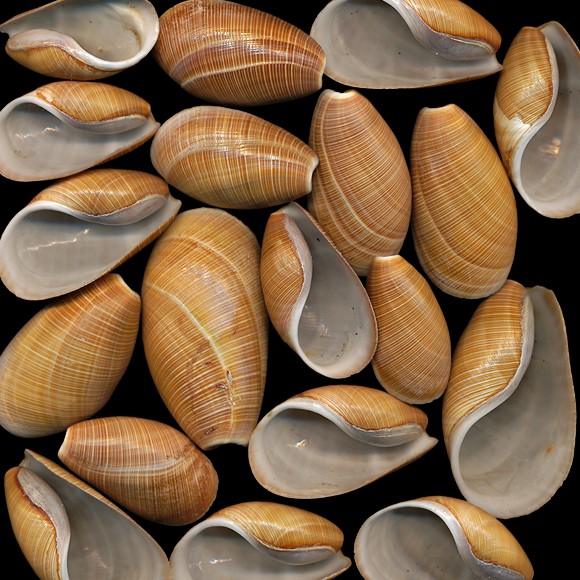
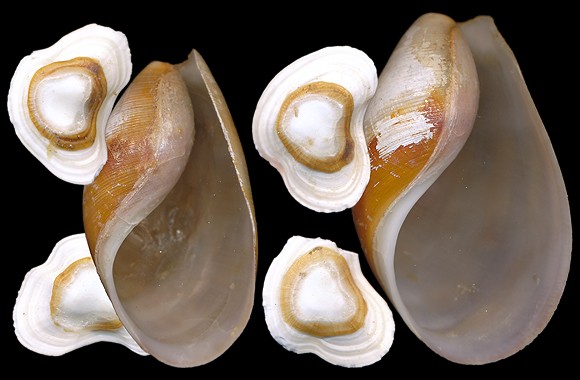
500-800m deep, Banc de la Grande Sole, southern margin of Celtic Sea. 48-54mm.